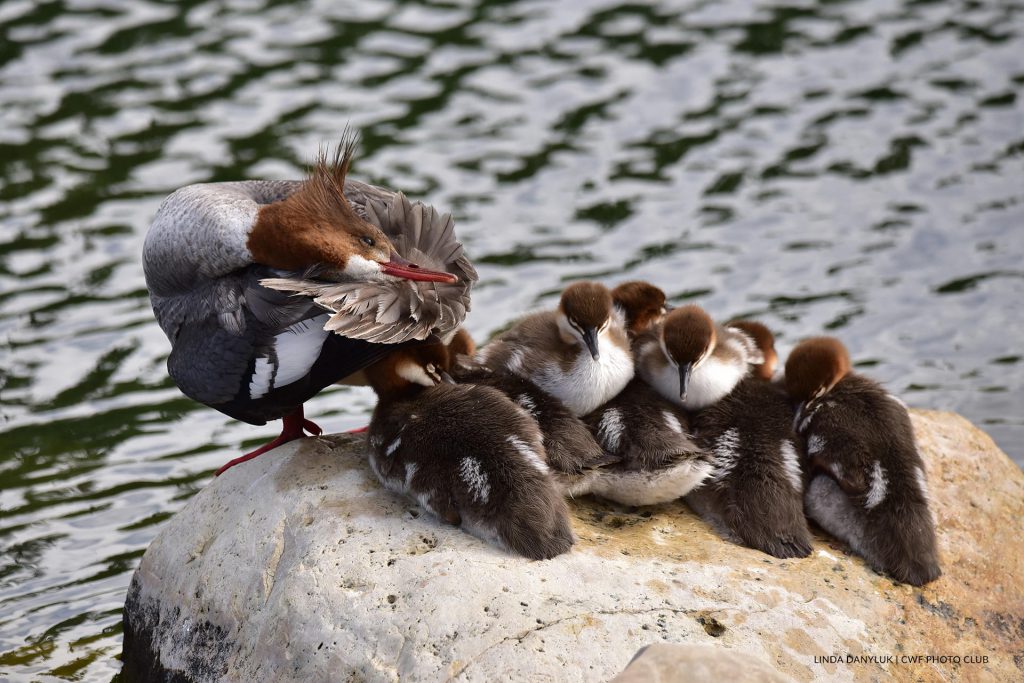As Canadians, we are so fortunate to have more lake area than any other country in the world.
However, all is not well. Freshwater environments, which are incredibly important, are being lost at an alarming rate around the world.
Just How Important Are Freshwater Environments?
 While freshwater covers less than one per cent of the Earth’s surface, these bodies of water support more than 10 per cent of all known species. This includes nearly one-half of fishes and one-third of vertebrates! Species that live in freshwater provide critical ecosystem services including flood control, nutrient cycling and reducing climate change impacts — essential tasks!
While freshwater covers less than one per cent of the Earth’s surface, these bodies of water support more than 10 per cent of all known species. This includes nearly one-half of fishes and one-third of vertebrates! Species that live in freshwater provide critical ecosystem services including flood control, nutrient cycling and reducing climate change impacts — essential tasks!
A study published in January 2025 in the Journal Nature looked at what is causing the loss of freshwater decapods (a group of crustaceans that includes shrimp, crabs and crayfish), odonates (dragonflies and damselflies) and fishes. Here’s what they found:
- 54 per cent of threatened species are impacted by pollution
- 39 per cent by dams and water extraction
- 37 per cent by land-use changes
- 28 per cent by invasive species and disease
Most species are not impacted by just one of these threats, but multiple, resulting in habitat loss and degradation.
Do you own a shoreline property?
 As shoreline property owners you can help reduce these threats on your lake. Here are a few ways to reduce the impacts of pollution and land-use changes:
As shoreline property owners you can help reduce these threats on your lake. Here are a few ways to reduce the impacts of pollution and land-use changes:
- Use eavestroughs and direct water into a rain barrel (with a mosquito screen) or a catch basin of stones and plants.
- Create or expand your shoreline buffer with native species of trees, shrubs, grasses and wildflowers.
- Reduce boat wakes by reducing your speed. In many provinces, by law, boats must slow down to 10 kilometres per hour within 30 metres of the shore.
- Leave natural features found along your shoreline — stones, boulders, snags and dead branches all absorb the energy from waves and other erosive forces.
- Take precautions during construction to reduce the amount of soil being carried away by runoff.
When it comes to reducing the chances of introducing invasive species in your lake, here are a few suggestions:
- Clean, drain and dry all boats (even canoes and kayaks), trailers, scuba gear, waders, water skis and all other equipment before introducing them to another water body.
- Never move or release live baitfish or other fish from one body of water to another.
- Never release aquarium plants, fish or other animals (such as turtles) into a natural system.
- Dump your bait (alive or dead) on land at least 30 metres from the lake.
By working together, we can be an incredible force in turning things around for the lakes we love to swim, fish and play in!

